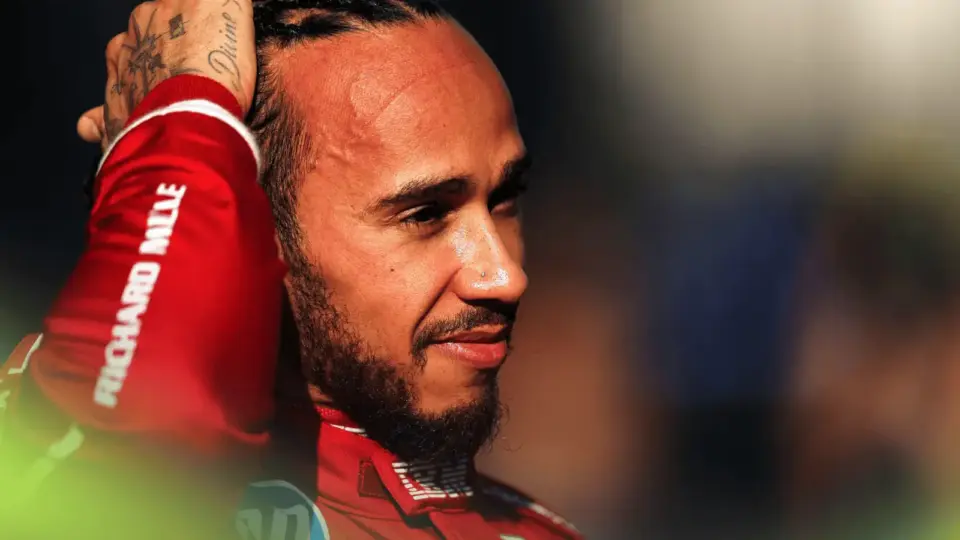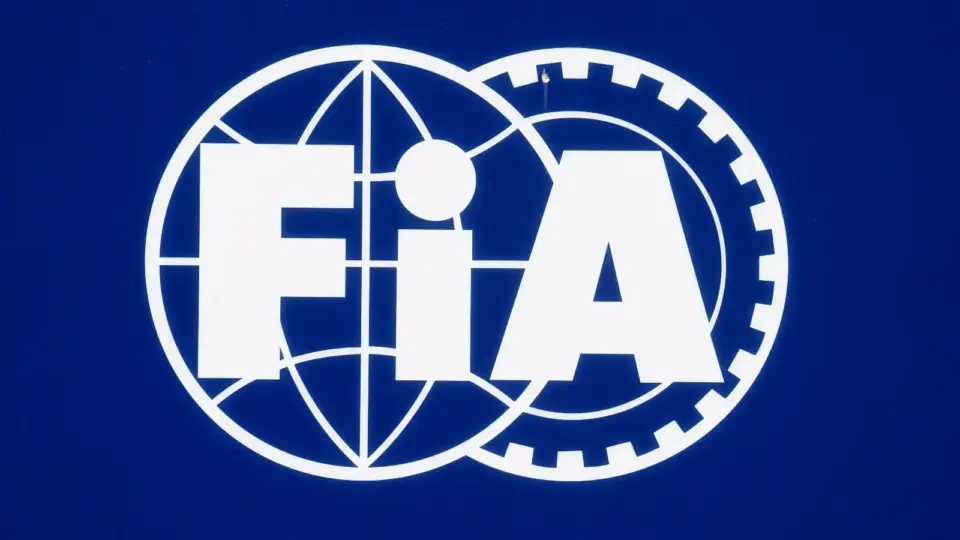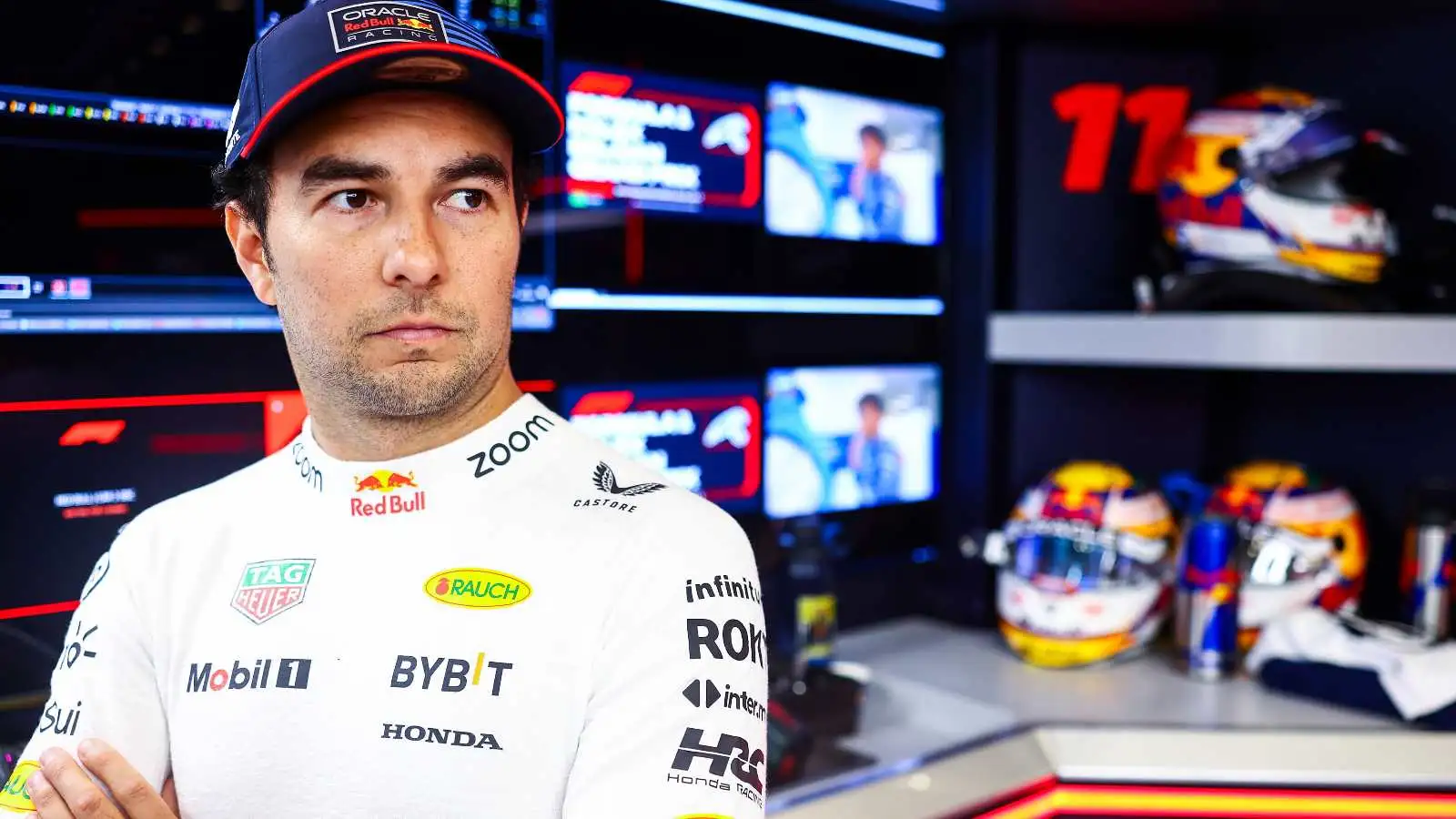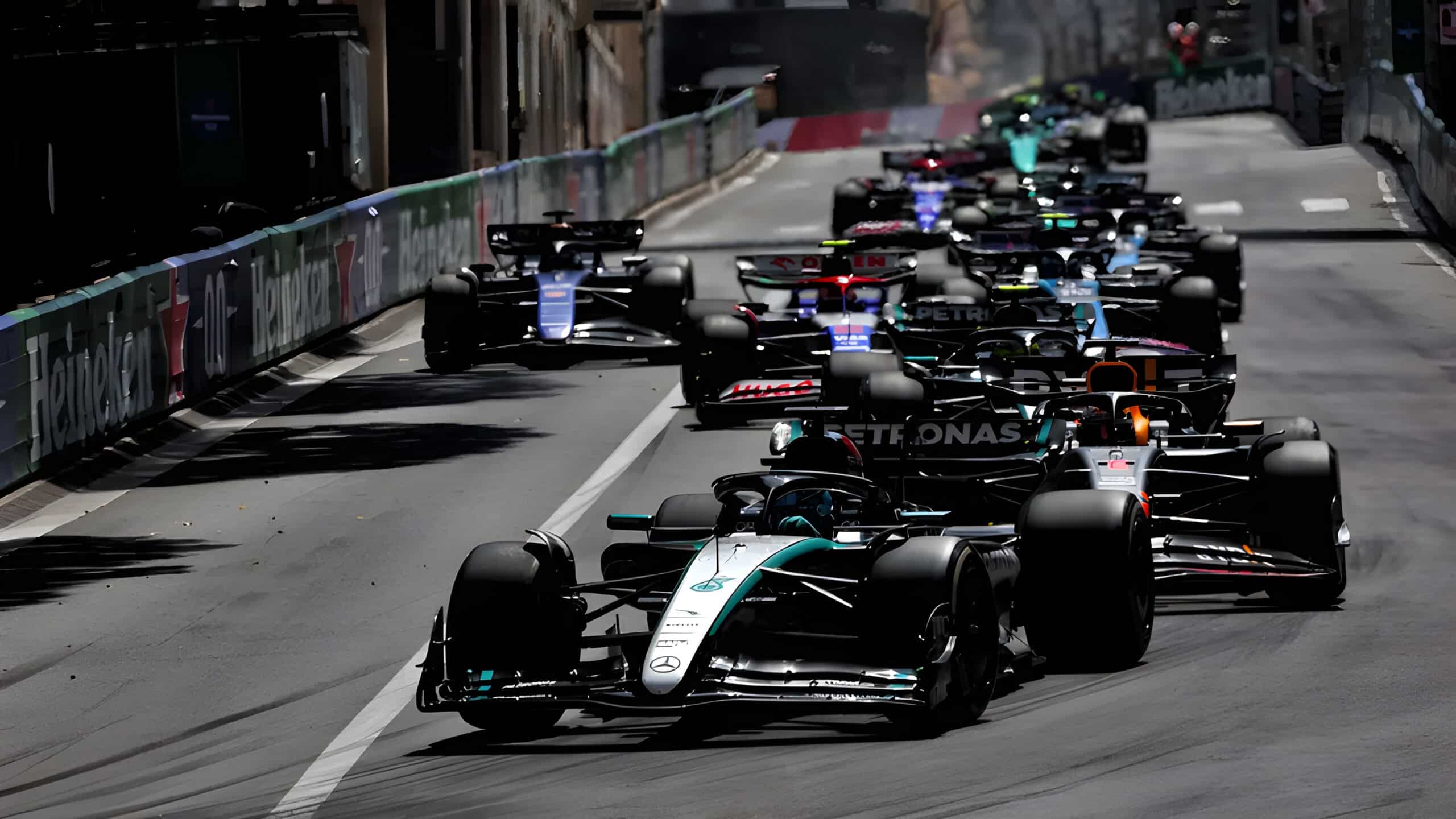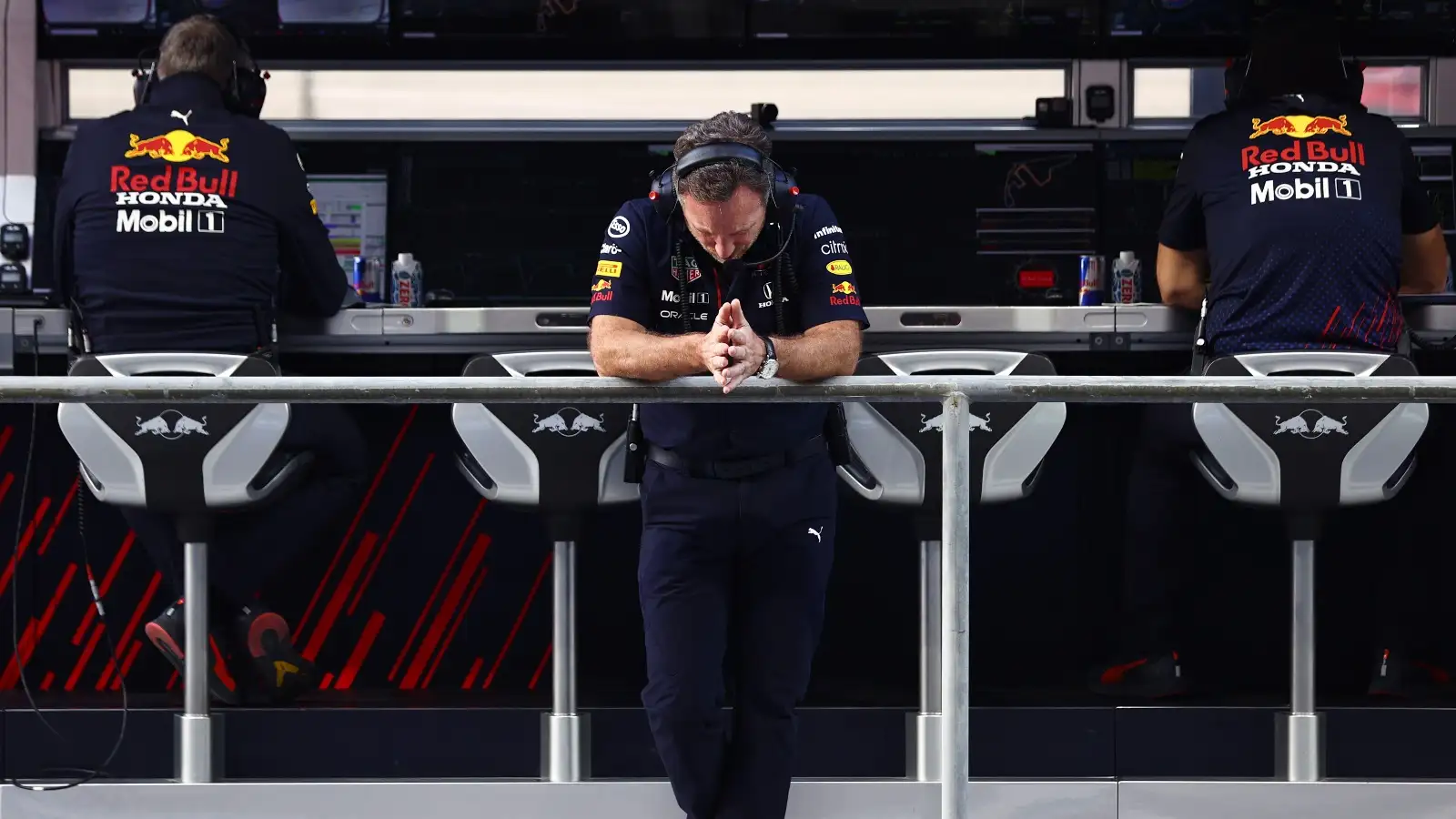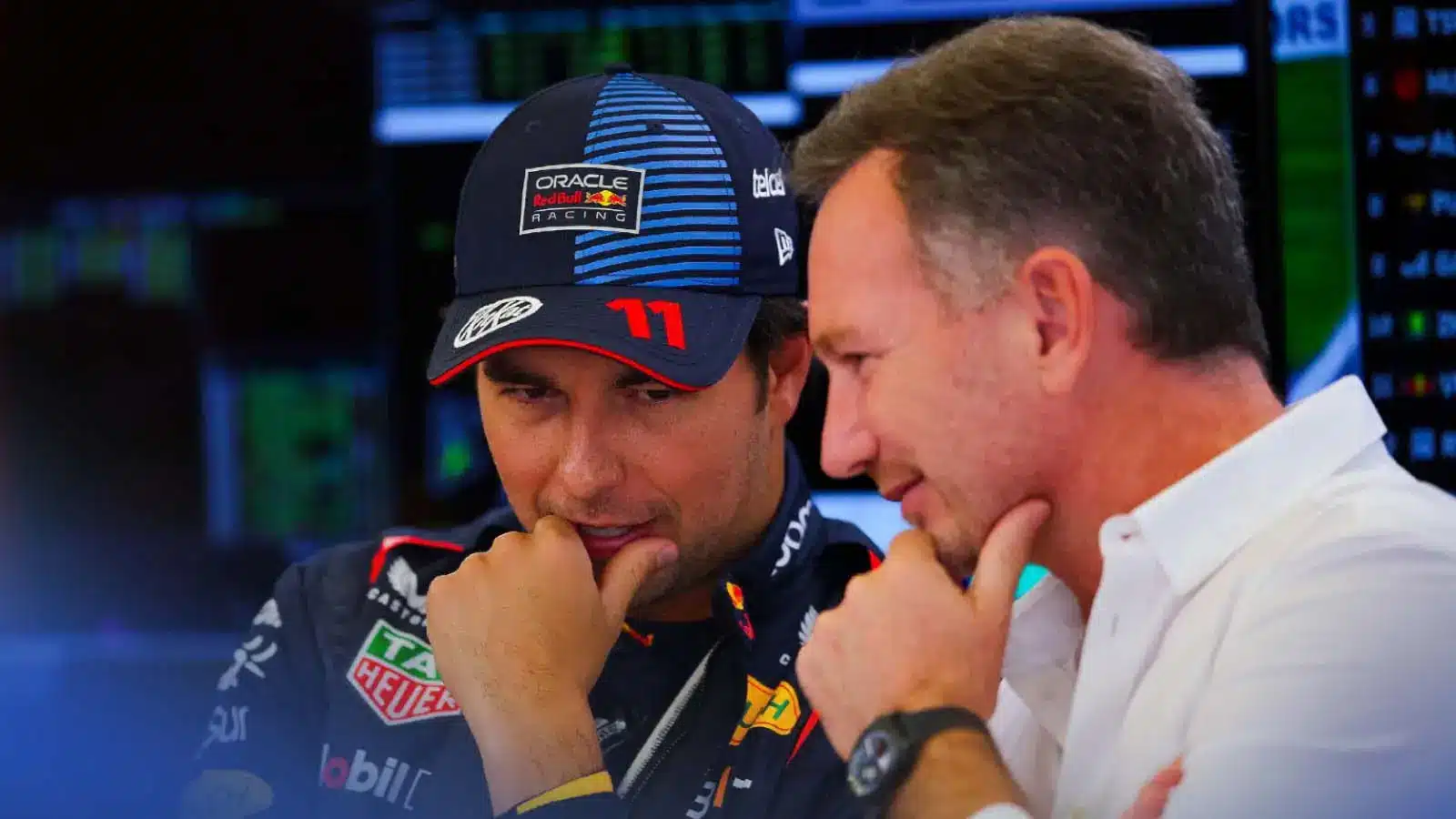Liberty Media’s CEO Derek Chang recently shared some unexpected views about the future of Formula 1 in the United States. The excitement that once surrounded F1 in America seems to be cooling off. With bold plans initially underway, some cracks are beginning to show. What does this mean for F1’s presence in the US?
Chang’s commentary during the recent JP Morgan Global Technology, Media, and Communications Conference has left analysts questioning the future trajectory of F1 in America. Although there’s evident growth, challenges have emerged. From media rights to attendance at flagship races like the Las Vegas Grand Prix, the road ahead seems bumpy. With potential expansions beyond America, what lies next for F1’s US strategy?
F1’s American Adventure: A New Era Begins
When Liberty Media, a prominent American mass media company owned by John Carl Malone, acquired Formula 1 for a staggering $8 billion in 2017, the sport was on the brink of transformation. Under its previous ownership, F1 maintained a secretive aura, limiting access to behind-the-scenes action. With Liberty Media’s influence, however, there was a shift towards transparency. The global success of Netflix’s ‘Drive to Survive’ highlighted this change, drawing attention from American audiences who were previously unfamiliar with the sport.
Doubts Emerge from the Las Vegas Grand Prix
Chang remains hopeful, pointing to a renewed strategy for the Grand Prix. He emphasized the importance of addressing fan concerns and making necessary adjustments. Although optimism lingers, the stark contrasts between initial expectations and the present scenario are undeniable.
The Media Rights Conundrum
The need for a committed partner to boost the sport’s American presence is evident. As the media landscape shifts, F1 must strategically navigate these waters to ensure sustained growth and relevance.
Beyond America’s Shores: New Frontiers
These markets symbolize untapped potential. As F1 explores these regions, strategic planning will be pivotal in translating potential into reality. Chang’s vision for these markets is clear: scratch below the surface to discover new avenues for growth.
Formula 1’s Dual Strategy: Local and Global
The sport’s commitment to expanding its audience is unwavering. Addressing local challenges while looking elsewhere for growth opportunities requires strategic planning. Liberty Media’s task is formidable, yet achievable.
Ticket Pricing and Scheduling: A Delicate Balance
However, addressing these concerns is easier said than done. The complexities of ticket pricing and scheduling necessitate a thoughtful approach. Ensuring fans feel valued while maintaining financial viability is the ultimate goal.
Engaging New Audiences: The Role of Technology
Integrating technology into F1’s marketing strategy is crucial. As audiences become more tech-oriented, leveraging these platforms will be essential for sustained growth.
Prioritizing Growth Over Expansion
“There’s still headroom for the sport to keep growing,” Chang noted, reflecting a tempered optimism. By focusing on quality over quantity, F1 plans to cement its American presence effectively.
The Bigger Picture: F1’s Global Ambitions
For F1, it’s not just about conquering one market but creating a robust global network. The sport must adapt to varying market dynamics while pursuing universal appeal. Chang’s commitment to global growth reassures stakeholders that F1’s ambitions are far-reaching.
In Conclusion
Liberty Media’s journey with Formula 1 in the US is filled with both challenges and opportunities. As it continues to navigate this complex landscape, its strategies will be closely watched by fans and market analysts alike.
Liberty Media’s leadership is navigating a complex path forward for F1 in America and beyond. The ambition is clear, but challenges highlight the need for strategic adjustments. How these play out remains to be seen.

